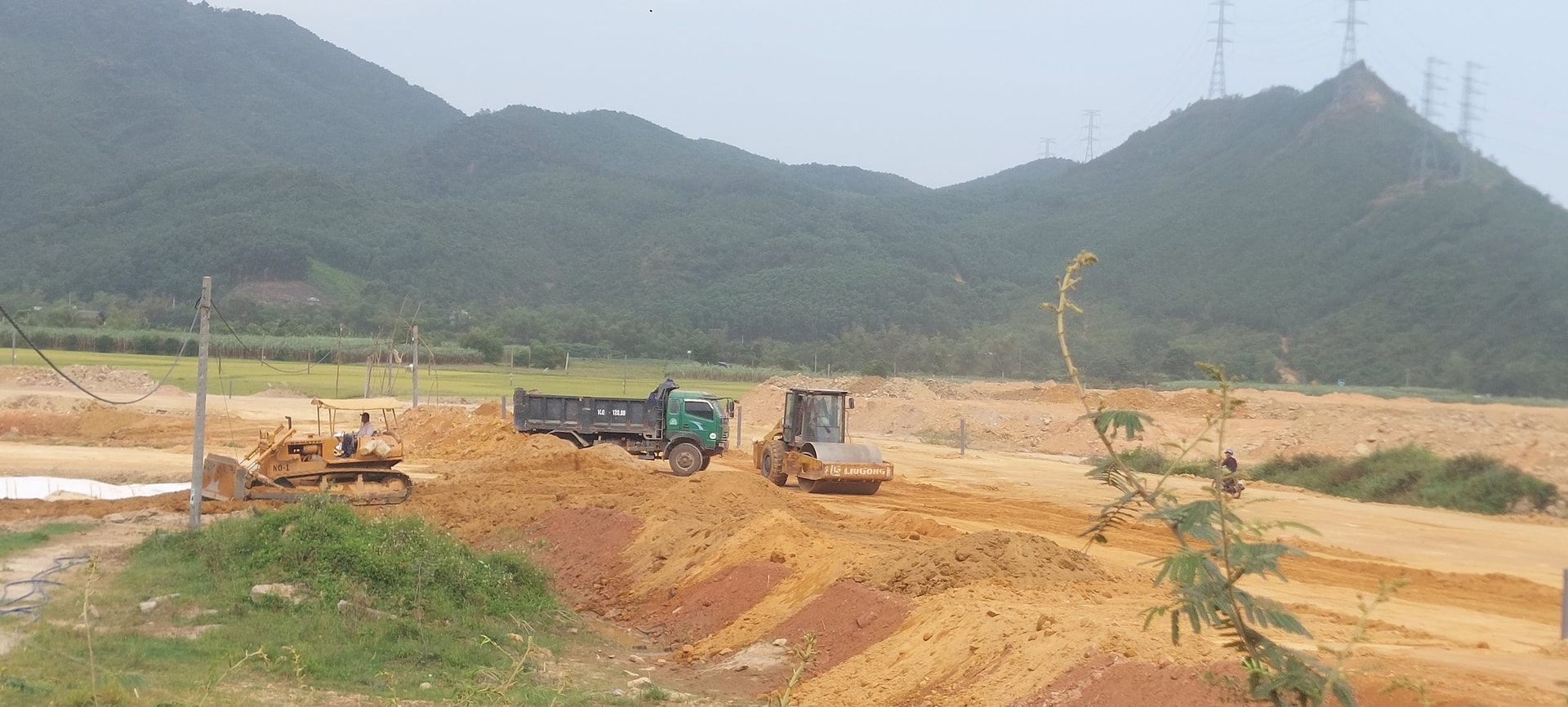
Construction is delayed due to lack of land for leveling.
Since 2016, hundreds of households in Hoa Bac commune, Hoa Vang district (now Hai Van ward) have handed over land for the construction of the La Son - Tuy Loan expressway. This is a national key transport project connecting Da Nang with Thua Thien Hue, contributing to the completion of the East - West economic corridor.
However, many households still do not have resettlement land. The family of Mr. Ho Phu Vy (residing in Pho Nam village, Hai Van ward, formerly Hoa Bac commune) is one of the typical cases. In 2016, Mr. Vy handed over more than 500m2 of land to serve the expressway project and had a lottery ticket for resettlement land. However, when it was his turn to draw, the land was all gone.
"My family of more than ten people had to rent two houses to temporarily live in. Waiting for a long time without seeing any land, we had to set up temporary tents on land borrowed from acquaintances in the resettlement area to live in. The family only hopes that the resettlement area in the center of Hoa Bac commune (phase 2), now in Hai Van ward, will be accelerated so that we can have land to stabilize our lives," Mr. Vy confided.
According to the reporter's investigation, the demand for resettlement land in the city is currently very large due to many projects simultaneously reclaiming land. However, the speed of investment in resettlement infrastructure has not kept up, causing congestion in land allocation for people. Particularly in localities after the merger such as Hai Van ward, Hoa Khanh, Hoa Vang commune, Ba Na and Hoa Tien, there is currently a shortage of about 1,000 resettlement land lots.
Mr. Nguyen Thuc Dung, Chairman of Hai Van Ward People's Committee said: "In the area of Hoa Bac commune (old), many households have had lottery tickets and land maps, but until now have not received actual land because resettlement projects have not completed infrastructure."
In the old Hoa Vang district, there are 13 resettlement areas under construction, but most of them are in a state of slow construction. Meanwhile, people are waiting for land to build houses.
For example, the resettlement area in the center of Hoa Bac commune (phase 2), now in Hai Van ward, started construction in December 2023 and is expected to be completed in September 2025 to arrange land for households that have not received land in the first phase. However, up to now, the land is still in disarray, many households have not been cleared, and the infrastructure is not yet complete.
A similar situation occurred at the resettlement project serving the construction works in the old Hoa Vang district, which was built near the current Ba Na commune headquarters. The project started in July 2024 and was expected to be completed in July 2025, but many items are still unfinished. One of the main reasons is the lack of land for leveling.
Mr. Nguyen Phong Trung, Project Manager of the joint contractor, said: “We have mobilized all the machinery and equipment, but many times we have to wait because there is no land to fill. The slow progress is unexpected.”
Not only lacking land for filling, many resettlement areas also lack technical infrastructure such as roads, water supply and drainage, electricity, etc., causing further delays in land handover.
Mr. Nguyen Minh Huy, Director of the Management Board of Investment and Construction Projects for Transport and Agricultural Works in Da Nang (investor of 3 resettlement projects) explained: “The slow progress is mainly due to the scarcity of materials, especially land for leveling. Moreover, resettlement areas are often located in low-lying areas, requiring a large amount of land to reach the planned elevation, thus prolonging the construction time.”
To solve this situation, local authorities have proposed many solutions such as exchanging land locations, arranging households to land lots with completed infrastructure in neighboring areas. At the same time, they have coordinated with project management boards to speed up progress and recommended the City People's Committee to resolutely direct construction units.
Deputy Director of the Department of Natural Resources and Environment Vo Nguyen Chuong also acknowledged that most communes in Hoa Vang district (old) have the highest rate of "debt" for resettlement land in the city, due to the simultaneous implementation of many large projects but lack of filling materials. "Resettlement must be one step ahead, that is the prerequisite to promote substantial infrastructure development," said Mr. Chuong.
Untangling the "bottleneck" with strategic material sources
Faced with a serious shortage of land for leveling, at the recent 24th session of the City People's Council (10th tenure), the City People's Committee submitted a proposal to convert the purpose of use of more than 9.5 hectares of production forest to mineral exploitation at land mine No. 3, invested by Thai Anh Da Nang Development Construction Company Limited in two communes of Hoa Lien and Hoa Ninh (old), now Lien Chieu ward and Ba Na commune.
This area is a planted forest with low timber reserves (average about 26.76m3/ha). The conversion of purpose is considered necessary to meet the demand for more than 40 million cubic meters of land for leveling from now until 2030. In addition to supplementing the source of materials for resettlement infrastructure construction, the project also contributes to increasing budget revenue, protecting the environment, creating jobs and improving income for local people.
The City People’s Committee affirmed that the project implementation will strictly comply with regulations on environmental protection, forest restoration and exploitation supervision. This is considered a strategic solution to remove the “bottleneck” of materials, the direct cause of many resettlement projects being behind schedule, affecting the chain reaction of land allocation for people who have handed over the land.
Source: https://baodanang.vn/du-an-tai-dinh-cu-cham-tien-do-3265526.html


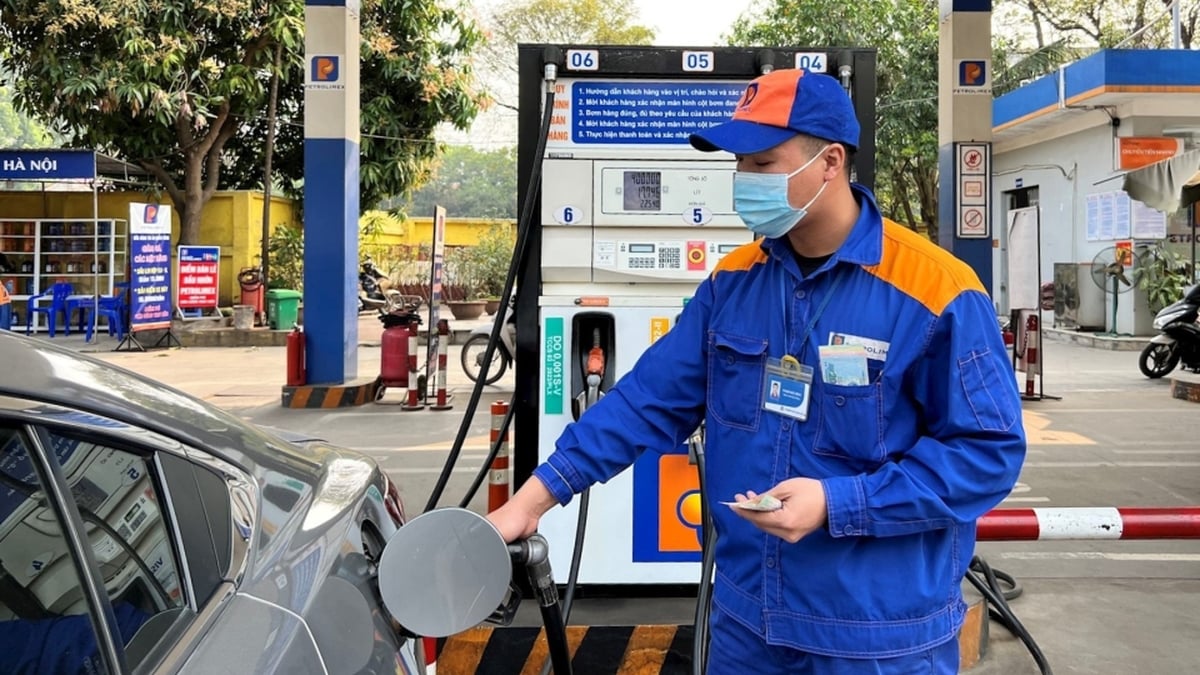

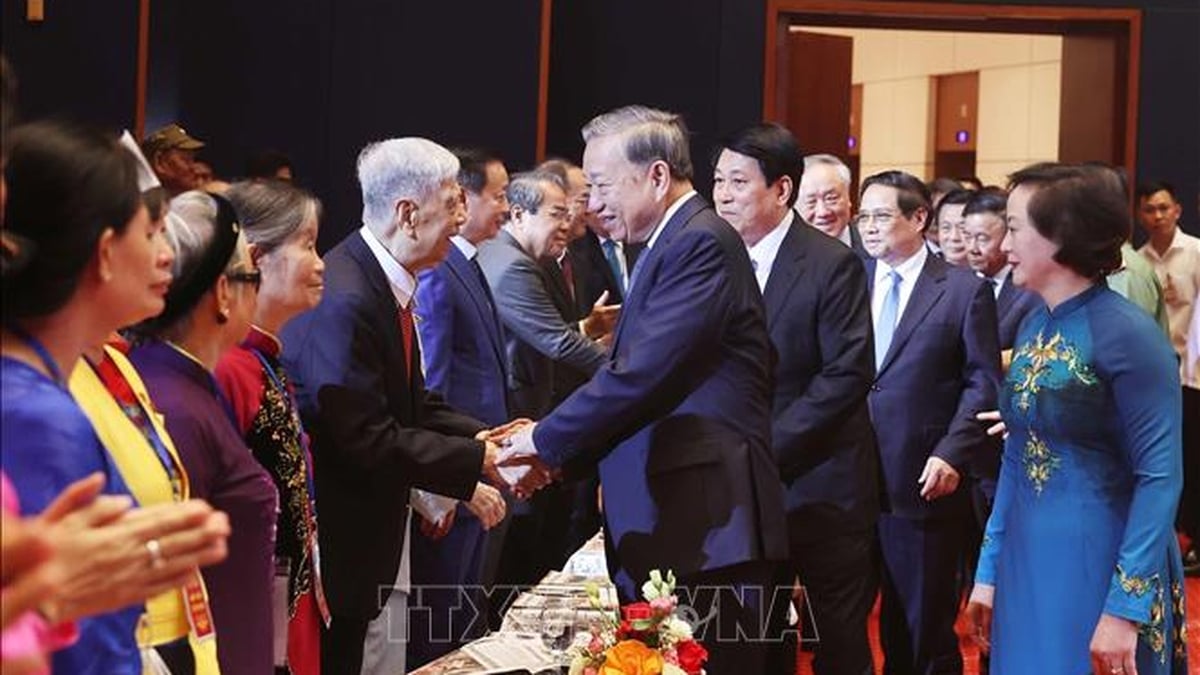

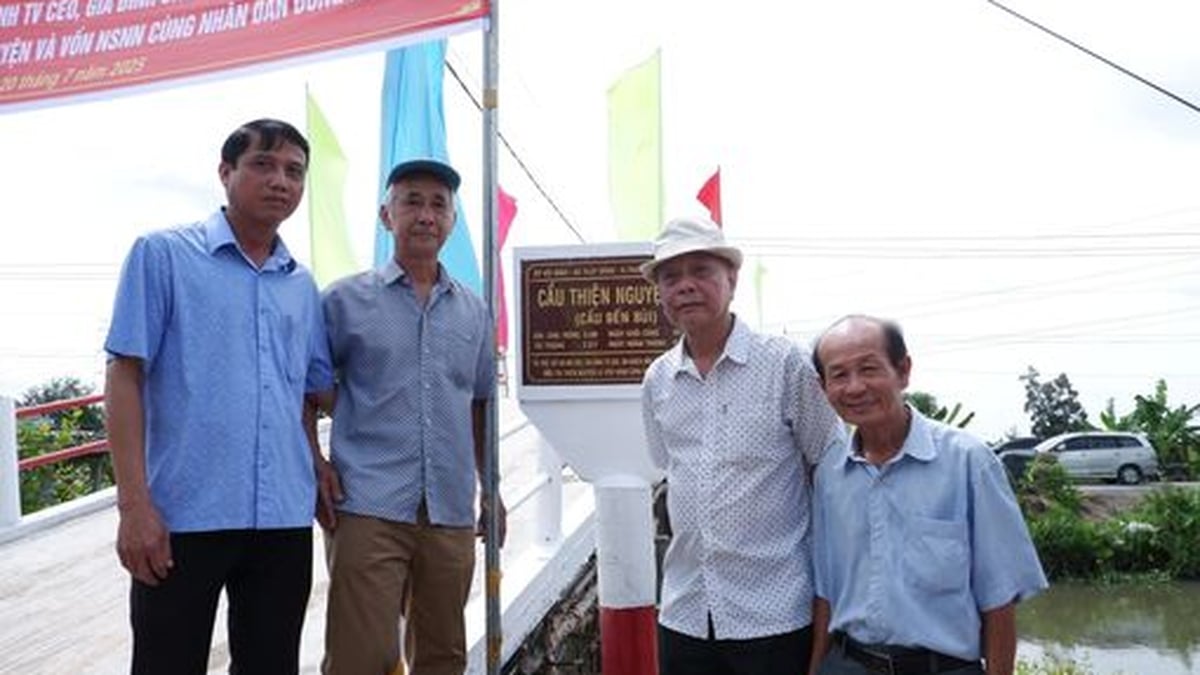
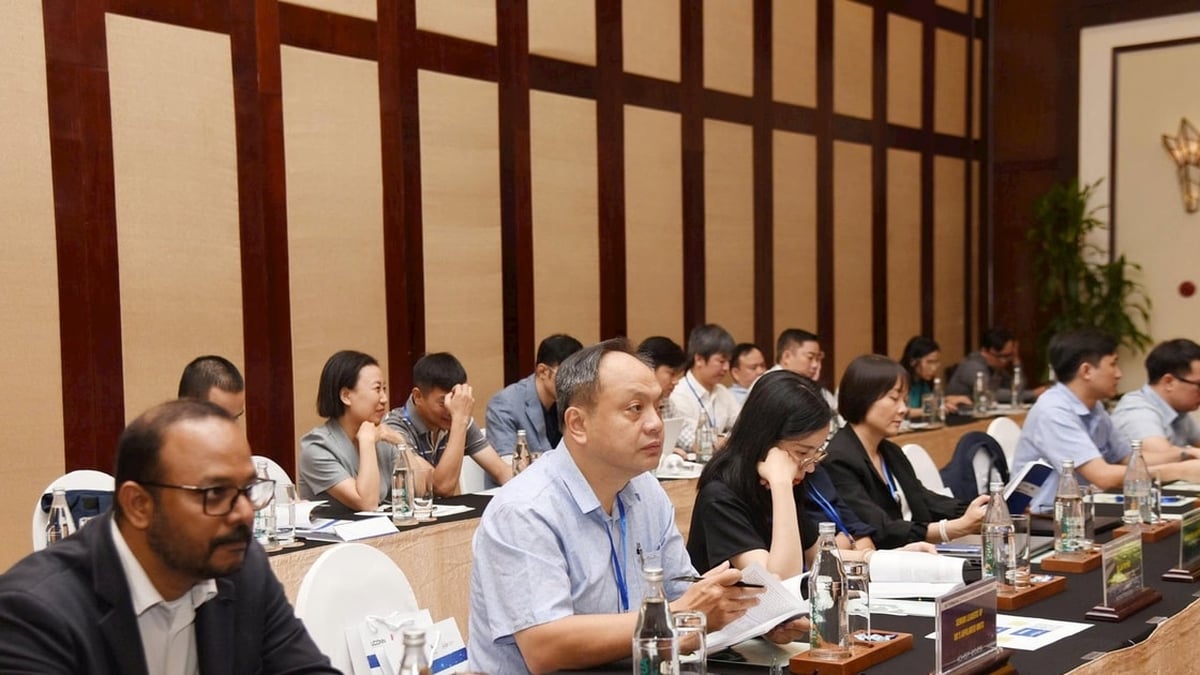
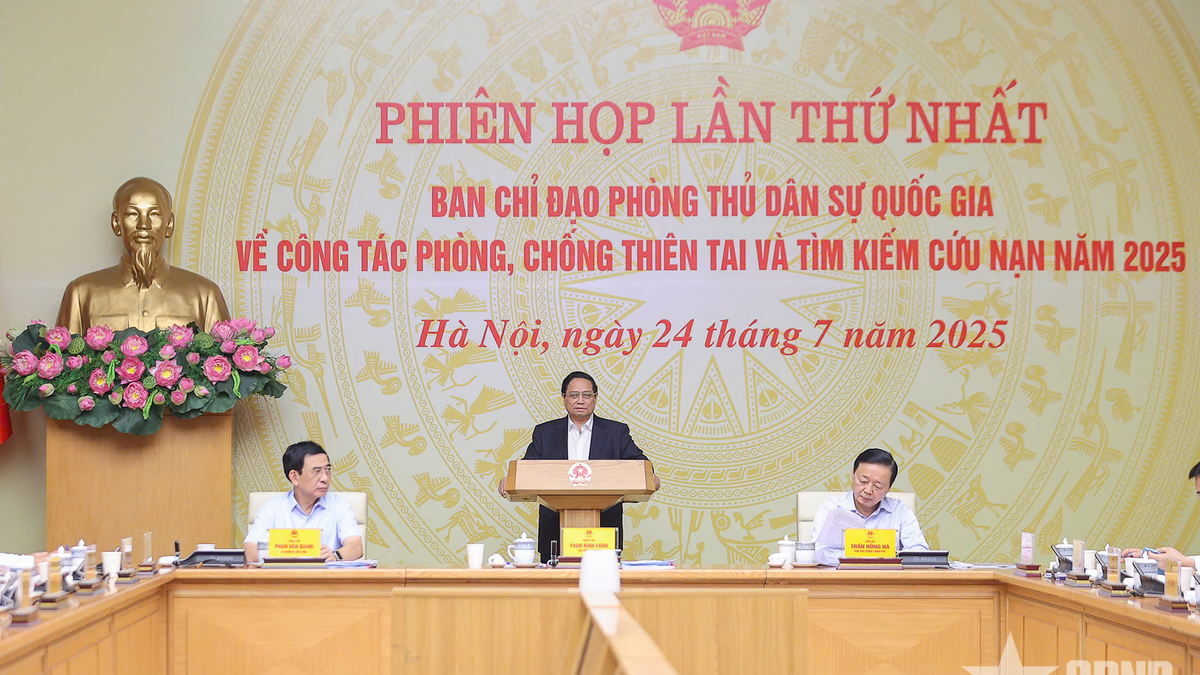
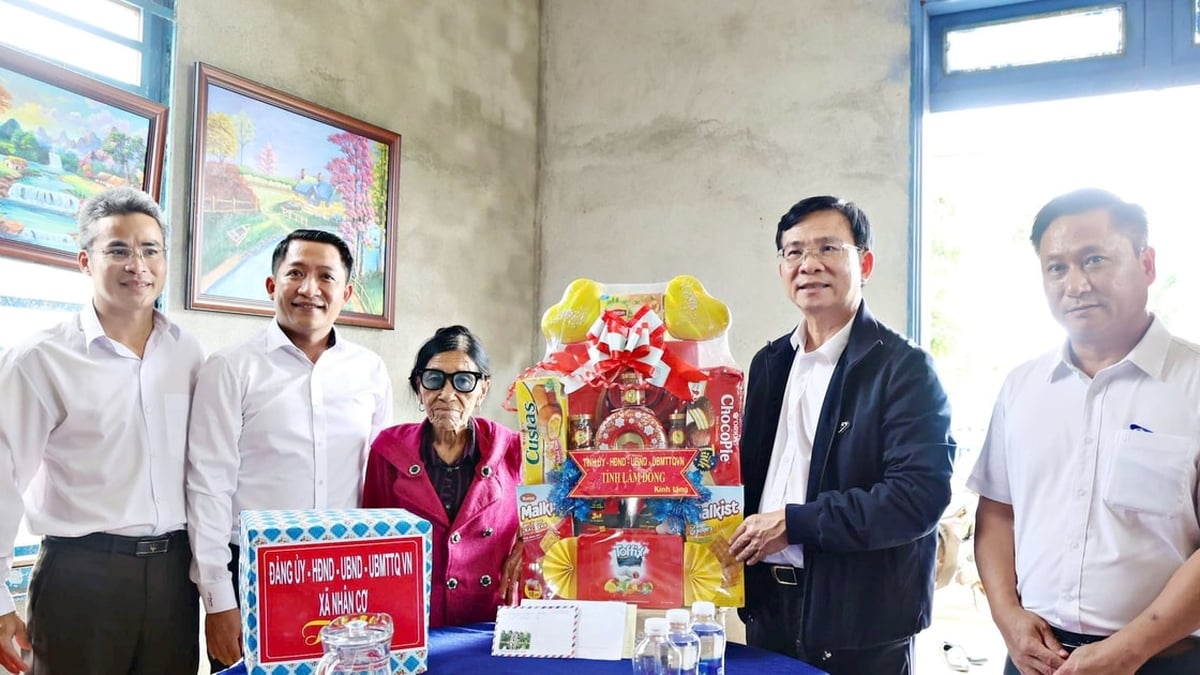
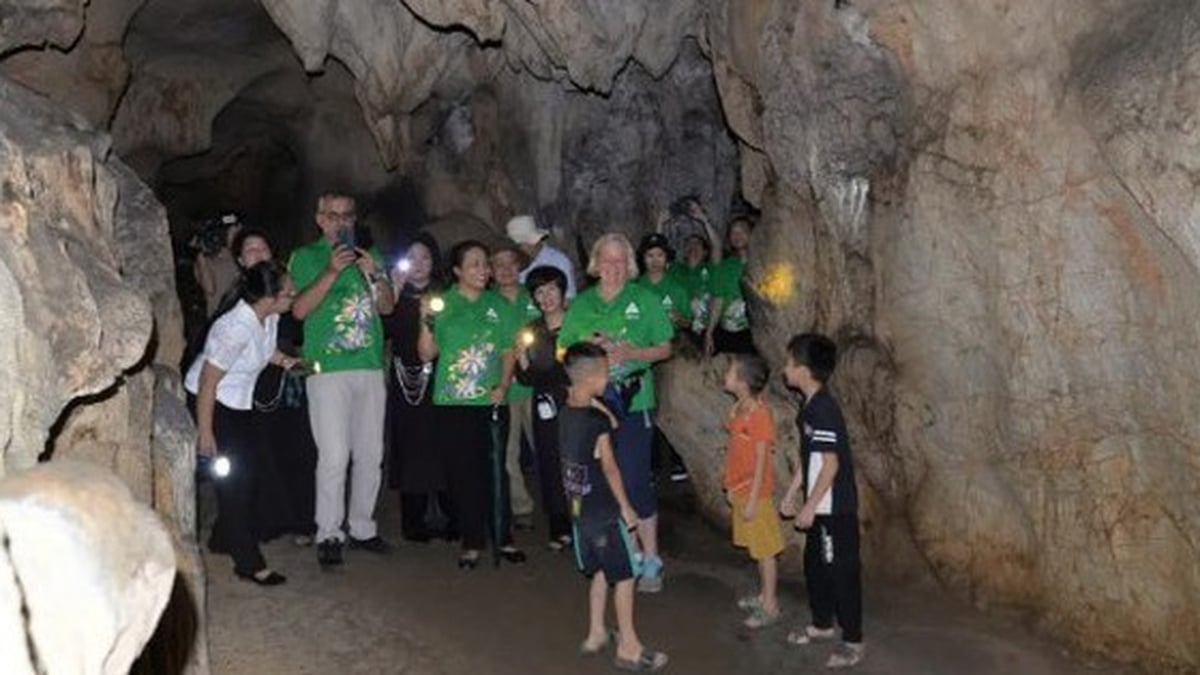
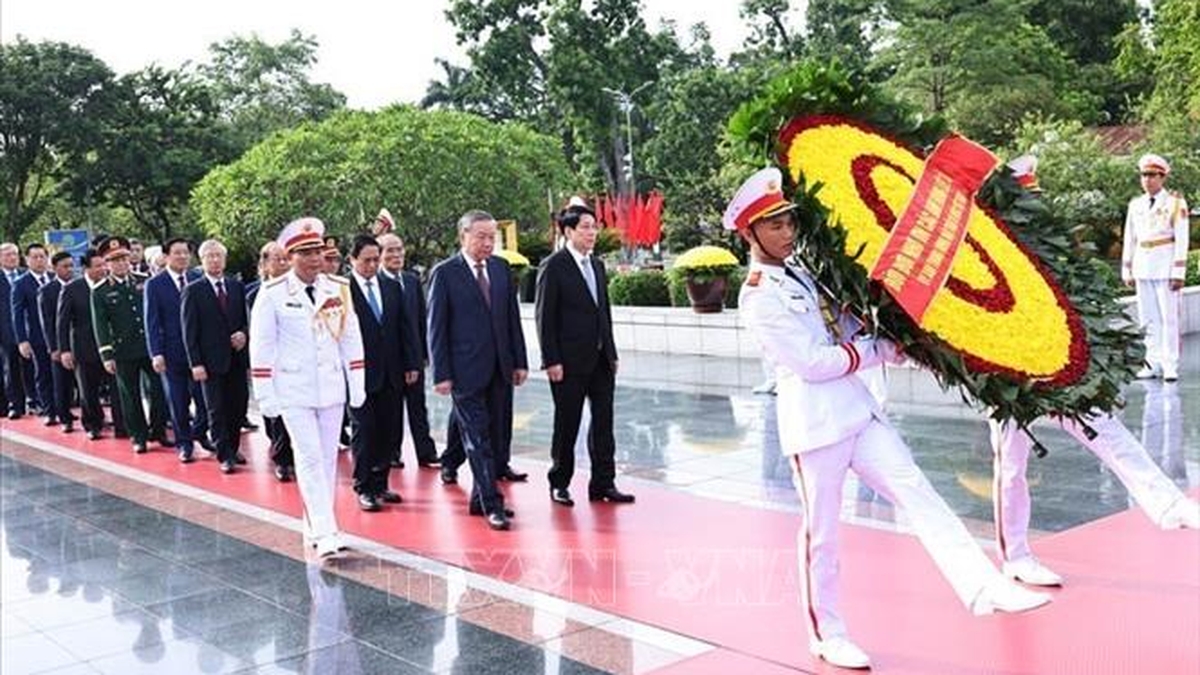










![[Infographic] Vietnam-Senegal traditional friendship](https://vphoto.vietnam.vn/thumb/1200x675/vietnam/resource/IMAGE/2025/7/23/4c96a604979345adb452af1d439d457b)

![[Photo] Signing of cooperation between ministries, branches and localities of Vietnam and Senegal](https://vphoto.vietnam.vn/thumb/1200x675/vietnam/resource/IMAGE/2025/7/24/6147c654b0ae4f2793188e982e272651)









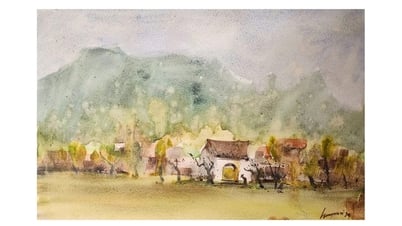

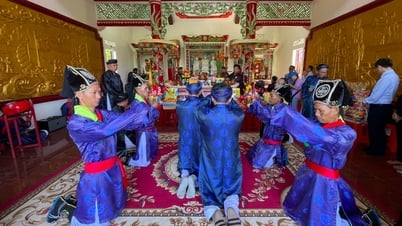

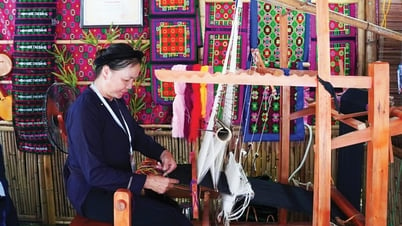

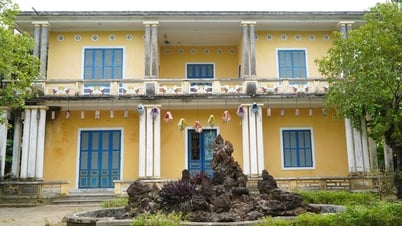

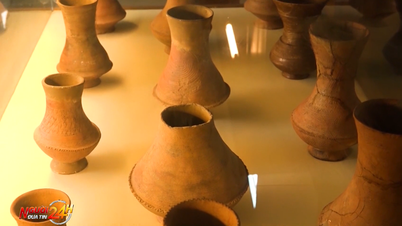








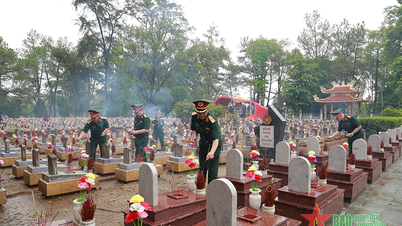


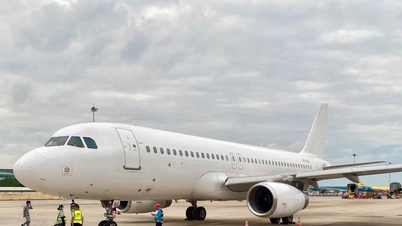


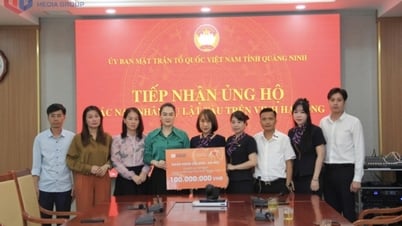





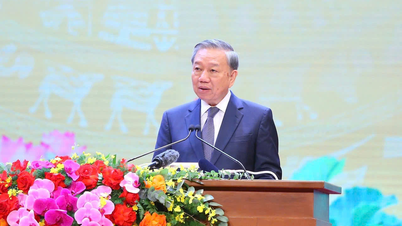


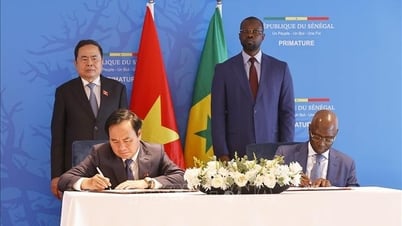


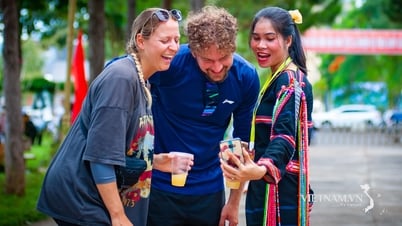
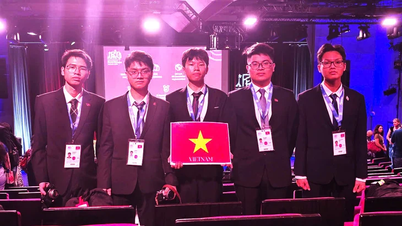


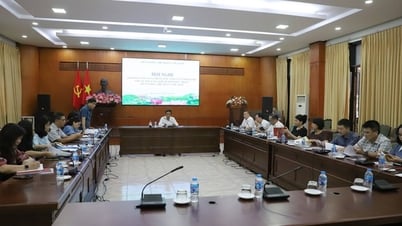

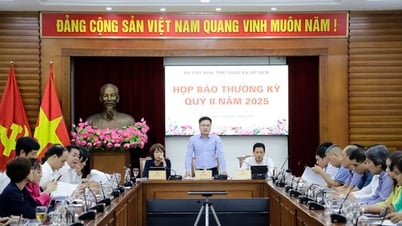


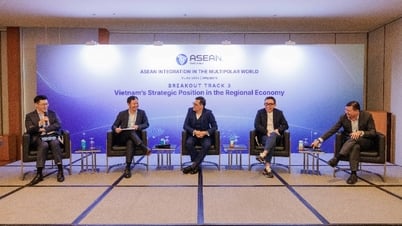










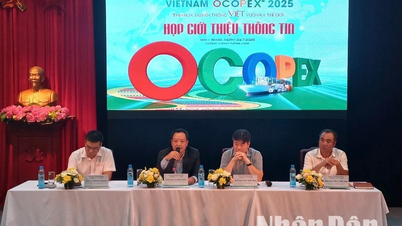

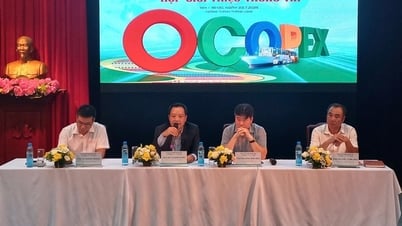

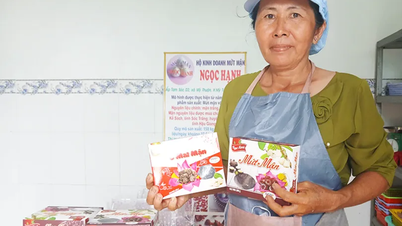



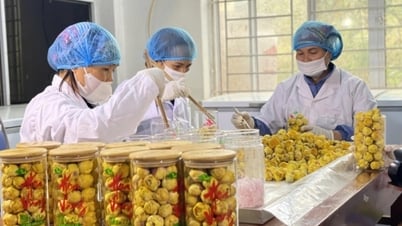





Comment (0)